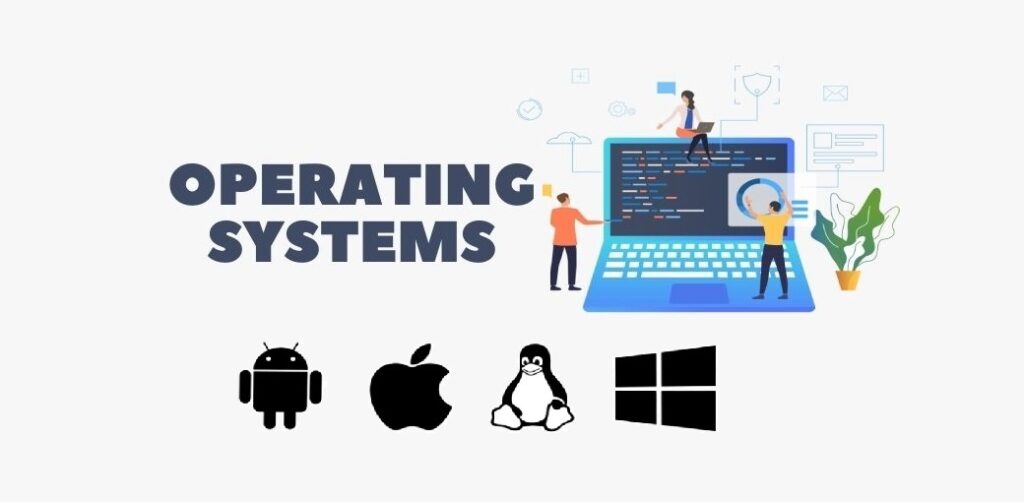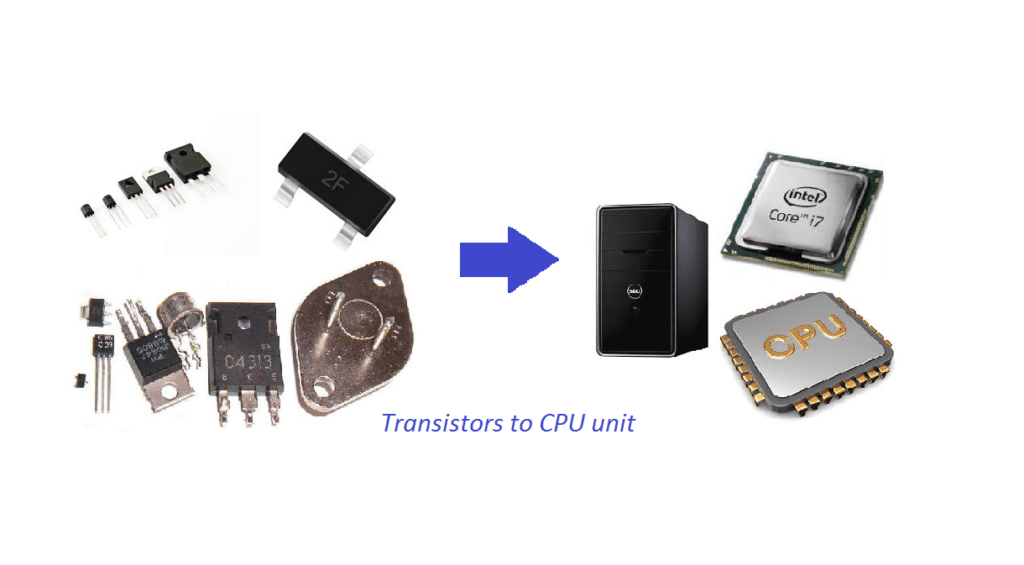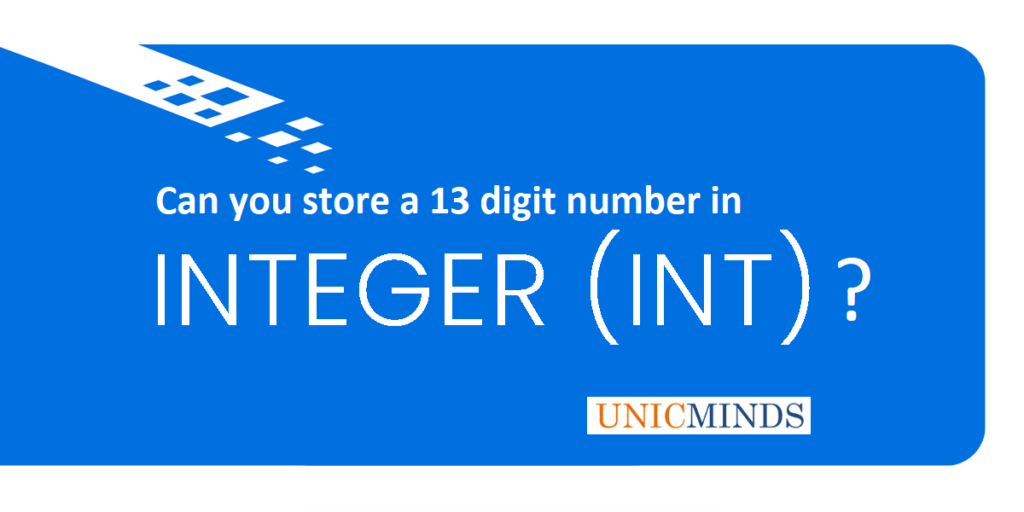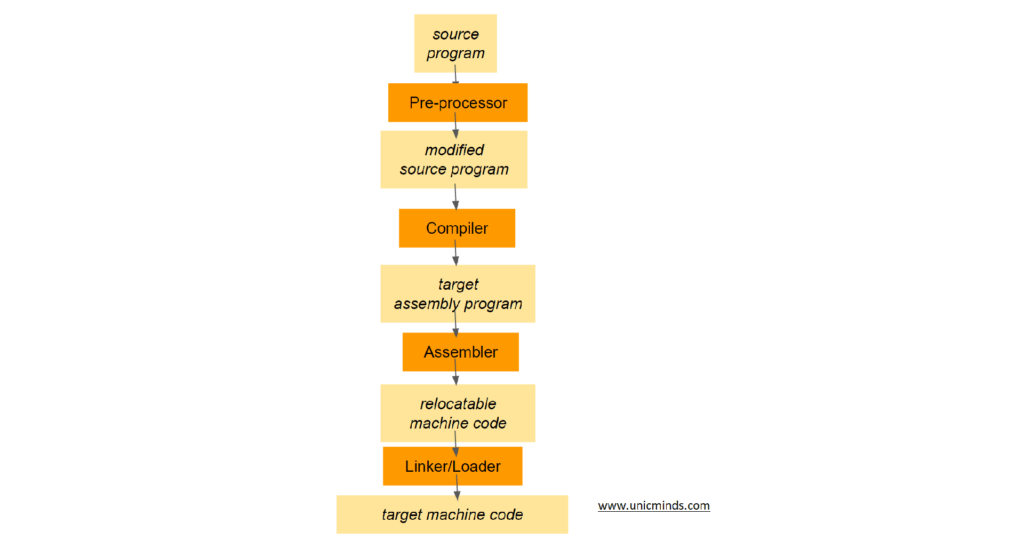To explain operating systems for kids, an operating system is a set of programs that enable other regular programs (like a browser, spreadsheet, gaming software, etc.) to use the computer resources. Operating system is the software that manages the computer hardware, software resources and provides common services to computer programs that we run. The most popular operating systems are Windows, MacOS, Android and Linux.
It is like the 3 phase electric circuit in your home that enables all terminals with power. This circuit is what enables you to power all your appliances and devices in your home and do your work as desired. So, you plugin your laptop or TV and do what you desire to do. But, imagine if that power is not available to you. That’s exactly how you feel in not having an operating system. What happens if there is no operating system?
Without an operating system, the first two of the many problems you have are as below:
- You could only run one program at a time.
- Each program would have to be linked with the drivers for your particular hardware.
This is exactly how software worked in the 1950s and early 1960s. You would have, for example, a payroll program linked for your specific computer – the amount of memory it had, the console it had, the number and type of tape drives and (if you were lucky) disk drives. This would run for some time, then the computer would be closed down and rebooted with, say, the stock control program, also linked for your particular hardware. This was how the mainframes worked and I remember working on mainframes professionally even until the 2005s and take my word – you wouldn’t want to go back to those times when you have to write 300 lines and multiple COBOL instructions to do something basic.
Many embedded systems still run this way. They have a single built-in program in flash memory, and run only that. For example, we upload one program in Arduino and run that. This is fine for machines and applications that do only one job, but not for a general purpose machine like a personal computer where you have to run multiple programs. Imagine if operating systems were not there, computers wouldn’t have been this popular and it would’ve been only devices used by a few computer geeks.
Purpose of Operating Systems
The purpose of operating systems is to manage computer memory, processes and the operation of all hardware and software. An operating system is the most important software on a computer as it enables the computer hardware to communicate effectively with all other computer software.
- Program Execution: The Operating System is responsible for execution of all types of programs whether it be user programs or system programs. The Operating System utilises various resources available for the efficient running of all types of functionalities.
- Handling Input/Output Operations: The Operating System is responsible for handling all sorts of inputs, i.e, from keyboard, mouse, desktop, etc. The Operating System does all interfacing in the most appropriate manner regarding all kinds of Inputs and Outputs.
For example, there is a difference in the nature of all types of peripheral devices such as mouse or keyboard, then Operating System is responsible for handling data between them. - Manipulation of File System: The Operating System is responsible for making decisions regarding the storage of all types of data or files, i.e, floppy disk/hard disk/pen drive, etc. The Operating System decides how the data should be manipulated and stored.
- Error Detection and Handling: The Operating System is responsible for detection of any types of error or bugs that can occur while any task. The well secured OS sometimes also acts as countermeasure for preventing any sort of breach to the Computer System from any external source and probably handling them.
- Resource Allocation: The Operating System ensures the proper use of all the resources available by deciding which resource to be used by whom for how much time. All the decisions are taken by the Operating System.
- Accounting: The Operating System tracks an account of all the functionalities taking place in the computer system at a time. All the details such as the types of errors occurred are recorded by the Operating System.
- Information and Resource Protection: The Operating System is responsible for using all the information and resources available on the machine in the most protected way. The Operating System must foil an attempt from any external resource to hamper any sort of data or information.
Features of an Operating System
1. Booting: Booting is a process of starting the computer operating system and starting the computer to work.
2. Memory Management: It is also an important function of the operating system. The memory cannot be managed without an operating system. Different programs and data execute in memory at one time. if there is no operating system, the programs may mix with each other. The system will not work properly.
3. Loading and Execution: A program is loaded in the memory before it can be executed. Operating systems provide the facility to load programs in memory easily and then execute it.
4. Data security: Data is an important part of the computer system. The operating system protects the data stored on the computer from illegal use, modification or deletion.
5. Disk Management: Operating system manages the disk space. It manages the stored files and folders in a proper way.
6. Process Management: The CPU can perform one task at one time. If there are many tasks, the operating system decides which task should get the CPU.
7. Device Controlling: The Operating system also controls all devices attached to the computer. The hardware devices are controlled with the help of small software called device drivers.
8. Printing controlling: Operating system also controls the printing function. It a user issues two print commands at a time, it does not mix data of these files and prints them separately.
9. Providing interface: It is used in order that the user interface (graphical user interface and command-line interface) acts with a computer mutually. User interface controls how you input data and instruction and how information is displayed on screen.
Hope this is useful, thank you.
You may like to read –
Logarithms and their applications in computer-mathematics and coding




